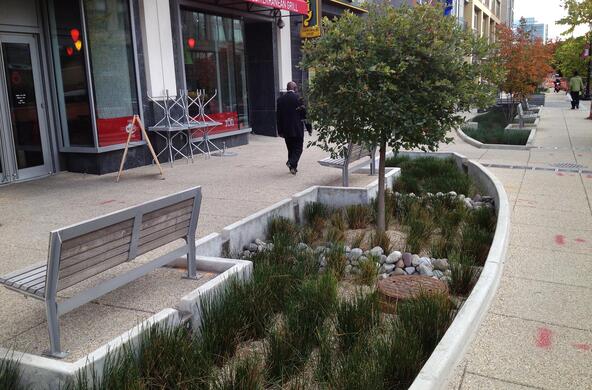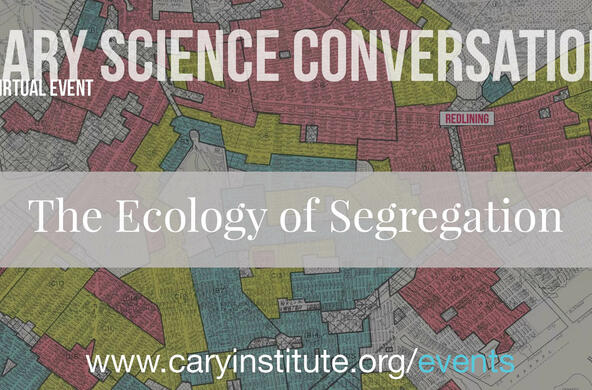Addressing urban environmental hazards.
Legacies of environmental injustice have driven many poor and minority people into neighborhoods that are vulnerable to flooding, heat waves, pests, failing infrastructure, industrial pollution, and a lack of access to managed green space.
We are working collaboratively to heal environmental injustices and advance cities that are healthy – for all residents.
Exploring socioeconomic differences in mosquito-borne disease risk. People in poor neighborhoods are often exposed to environmental conditions that support larger mosquito populations, putting them at increased risk of West Nile virus, Zika, and other mosquito-borne diseases. Residents of these neighborhoods also have reduced access to health care and pest management options.
Managing vacant lots. Through our work with the Baltimore Ecosystem Study, we are studying ways to remediate vacant lots in ways that benefit the community and support sustainability goals. There are more than 14,000 vacant lots in Baltimore; most are in low-income neighborhoods, where they have negative ecological, social, and public health impacts.
Working at the intersection of climate change and environmental justice. Climate change is projected to impact low-income and minority communities most severely. This reality is a symptom of structural racism and legacies of environmental injustice in cities. We are working to identify equitable mitigation strategies.
Understanding the ecology of segregation. The environmental effects of inequality and segregation have given birth to the established field of environmental justice. However, there remains pressing need to better understand how inequalities affect ecological processes in cities.
Our science is informing more equitable, sustainable cities.
We’re working with community leaders and residents to reduce mosquito breeding habitat and lower disease risk in vulnerable neighborhoods.
With collaborators, we have revealed that in the City of Baltimore, the city’s history of formal and informal segregation, followed by ‘redlining’ in the 1930s, left an enduring legacy of social and environmental inequalities. As a result, today’s poorer communities of color are disproportionately impacted by polluting industries, urban heat islands, and flood risk.
Cities are increasingly turning to natural and managed green spaces to mitigate floodwaters and other climate impacts in cities. Cary is leading a large-scale analysis of how urban residents perceive green infrastructure in the City of Baltimore. Through inventories and interviews, researchers are exploring whether green infrastructure is differentially located in wealthy versus poor communities, and whether minority or poor communities perceive green infrastructure as an amenity or a threat.
Wealth inequality is increasing in the US and elsewhere. At the same time, legacies of racial segregation and bias continue to plague cities. There is a pressing need to understand the feedback loop between inequality and environmental conditions, to make cities more livable for all.
Steward Pickett



